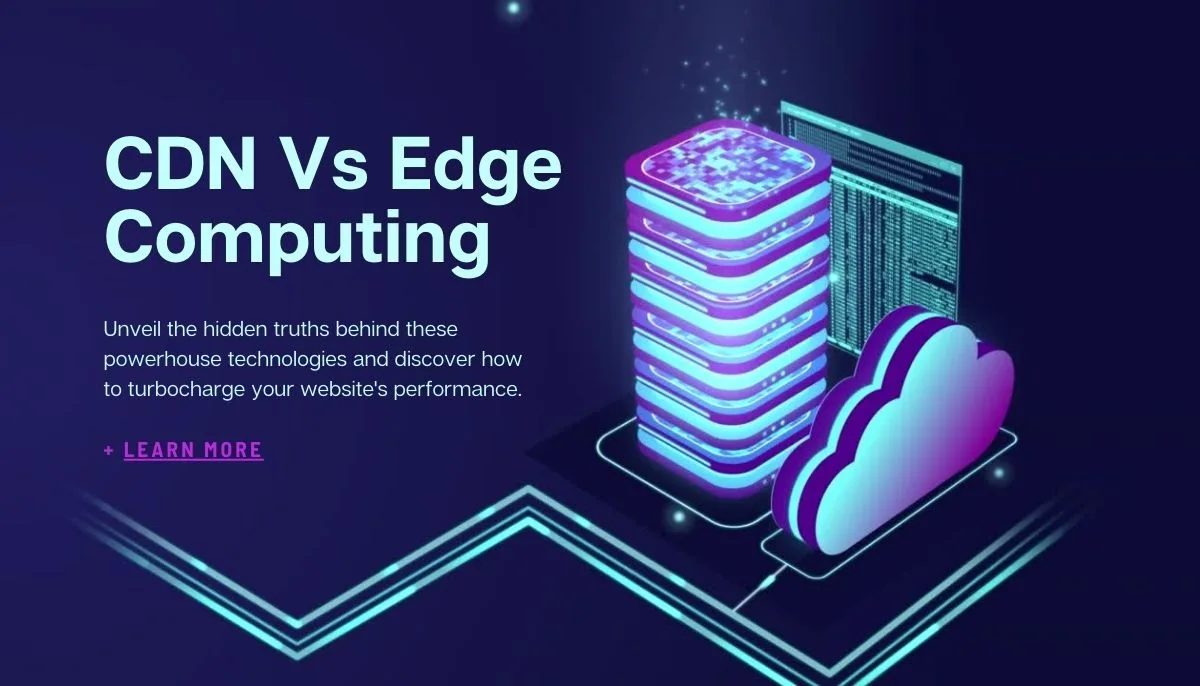CDN Vs Edge Computing

The race for quicker, more reliable content delivery in our fast-paced digital world has pushed CDN (Content Delivery Network) and Edge Computing into the spotlight. Both play key roles in boosting user experience by making data delivery and processing smoother and faster. Let us dive into the details, functionalities, and differences between CDN and Edge Computing, shedding light on how businesses and developers can tap into these technologies.
Understanding CDN
What is CDN and Its Purpose
Think of a CDN as a globe-spanning network of servers working together to speed up content delivery to users everywhere. Its main job is to slash the latency delay in loading web page content by shortening the distance between the server and the user. This speed is vital for websites reaching a worldwide audience, ensuring fast delivery of videos, images, or web apps, no matter where users are.
How CDN Works
CDNs keep a copy of your site’s content in various locations (points of presence or PoPs). When someone asks for content, the CDN sends the request to the nearest server. If the content’s there, it is delivered straight away. If not, it is grabbed from the original server, stored for next time, and then delivered. This setup drastically cuts down on the travel time for content, boosting user satisfaction by getting content out there more efficiently.
Benefits of CDN
Using a CDN can seriously up your game:
- Speedy Content Delivery: Content flies from the nearest location, loading everything faster.
- Better Website Performance: Fast-loading sites improve how users feel and behave on your site, possibly boosting sales or conversions.
- Handling Traffic Spikes: CDNs spread traffic to keep your site running smoothly, even during sudden rushes.
Understanding Edge Computing
What is Edge Computing and Its Purpose
Edge Computing is all about processing data right where needed, cutting down on response times and saving bandwidth. It is the opposite of centralizing data processing; it is about doing it at the edge, close to where data is created. This method shines for applications needing quick decisions.
How Edge Computing Works
Edge Computing flips the script on traditional, centralized computing by processing data on local devices or nearby servers. This setup allows for near-instant data analysis and action, avoiding the lag of sending data back and forth to a distant server. It is perfect for real-time applications, from IoT gadgets to smart tech.
Benefits of Edge Computing
Edge Computing stands out by offering:
- Minimal Latency: Local processing means almost no delay, a win for applications where time matters.
- Bandwidth Savings: By processing data on-site, you are not clogging up the network, which can also save money.
- Better Privacy and Security: Keeping data local means sensitive information is not wandering over the internet, reducing privacy and security risks.
Comparing CDN and Edge Computing
Key Similarities
CDN and Edge Computing aim to reduce latency and speed up data handling. This common goal highlights their role in making our digital interactions quicker and more efficient.
Critical Differences
Although they share goals, CDN focuses on global zipping content, while Edge Computing focuses on local data processing for real-time needs.
Use Cases for CDN vs. Edge Computing
CDNs shine for global content delivery like streaming, e-commerce, and news sites. Edge Computing fits the bill for instant data handling in IoT devices, self-driving cars, and smart city tech.
Integrating CDN with Edge Computing
Complementary Nature of CDN and Edge Computing
Merging CDN and Edge Computing can create a powerhouse for content delivery and data processing. This combo can lead to top-notch performance and user experiences.
Examples of Integration
Picture a streaming service using a CDN for wide-reaching content delivery and Edge Computing for custom content recommendations. This one-two punch ensures speedy delivery and personalized experiences.
Future Trends and Implications
Evolving Technologies
As CDN and Edge Computing evolve with new tech like AI and machine learning, they will get even better at what they do, opening up new possibilities for efficient data handling and content delivery.
Implications for Businesses and Developers
Staying on top of these tech trends is key for businesses and developers. Using CDN and Edge Computing can seriously boost your digital services.
Conclusion
In our digital era, speed, efficiency, and reliability in handling content and data are everything. CDN and Edge Computing are essential tools, each with strengths and uses. Businesses and developers can significantly improve their online presence by getting to grips with these technologies. Looking ahead, the blend of CDN and Edge Computing is set to reshape the digital scene, sparking innovation and growth.
Resources
- What is a CDN?
- Understanding Edge Computing
- Benefits of CDN for Your Website
- The Future of Edge Computing
- Integrating CDN and Edge Computing
